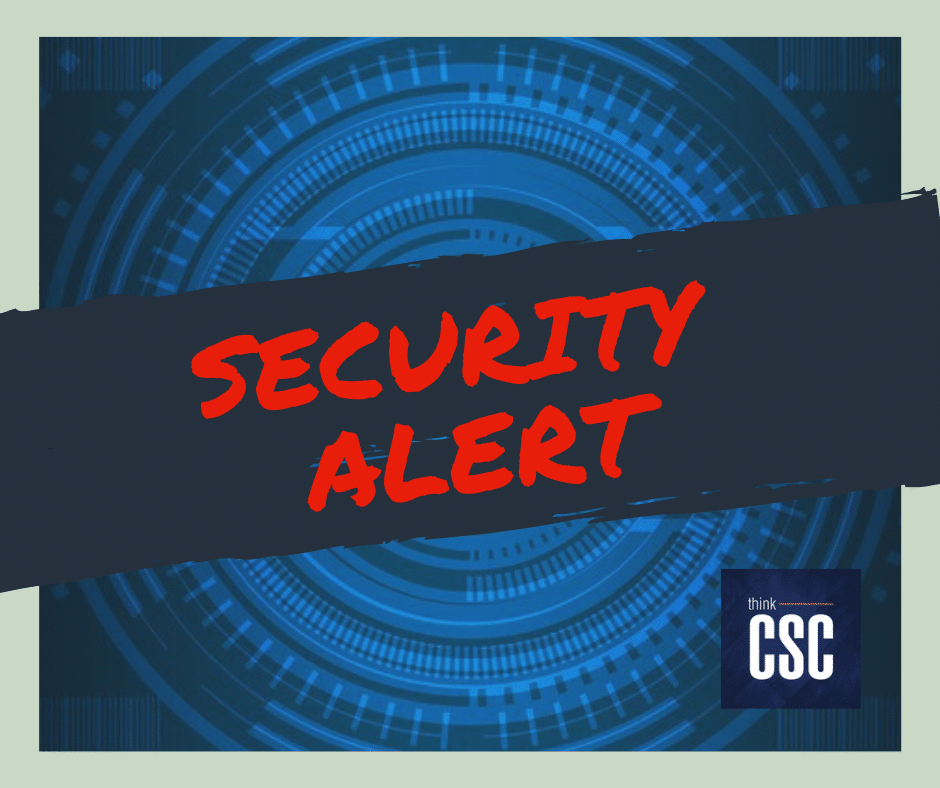Making the Most of the EdTech Mandates
 There are many state-mandated requirements in order to introduce technology into schools for the 2013-2014 school year. While building their budgets, virtually every district is responding to these mandates differently. BYOD (bring your own device), BYOT (bring your own technology) and 1:1 are the most common methods used. Some of the most important considerations regarding the use of devices in schools, however, are largely geared towards the 1:1 wireless scenario.
There are many state-mandated requirements in order to introduce technology into schools for the 2013-2014 school year. While building their budgets, virtually every district is responding to these mandates differently. BYOD (bring your own device), BYOT (bring your own technology) and 1:1 are the most common methods used. Some of the most important considerations regarding the use of devices in schools, however, are largely geared towards the 1:1 wireless scenario.
Is Your Infrastructure Capable of Handling the Devices You Choose?
As these devices – iPads, tablets or laptops – are given to students, schools must determine infrastructure readiness. The physical structure inside the schools, in regards to Internet connectivity bandwidth, must be capable of sustaining all of the devices. There are many elements that go into that.
For example, an increasing number of mobile tablet devices use a larger amount of Internet bandwidth, versus a traditional laptop that uses a local service typically hosted at the school. The more cloud services that are being used, the greater the demand on Internet infrastructure and on the bandwidth that the school district has. When a school chooses to deploy a large number of devices, the process of ensuring that the network is physically capable of providing a reliable and seamless end-user experience is complicated.
Do You Have Enough Bandwidth to Keep Everyone Connected?
Consider the amount of bandwidth necessary for your network; you want to ensure that you have sufficient internal bandwidth to sustain the number of devices you are deploying, as well as enough bandwidth to support your connectivity to the outside world. Essentially, the amount of bandwidth necessary comes down to the applications that you are using on your devices. If students are using iPads or Chromebooks, these cloud-based devices demand a substantially higher external bandwidth, as opposed to those devices that are using a local resource hosted by the school.
Addressing Security and MDM
Some schools provide the devices and let students take them home. By doing so, they then have to determine how they will continue to manage content that comes through the device. Is there still content filtering taking place outside of the school? Mobile device management – or MDM – is another infrastructure readiness issue. Once you have all of the devices, you want to have the capability to easily maintain them.
If you have to deploy application software, you want to be able to do so for a group of devices at a time or all of the devices simultaneously. If you need to filter content, change security preferences or block certain applications because of content, you want to be able to do that quickly, as opposed to one device at a time. If you have MDM in place, that significantly reduces the amount of time it takes for you to deploy, maintain and monitor your devices, at the same time ensuring that the devices are secure.
Saving Money on Device Investment, Warranty and Repair Services
In addition to infrastructure concerns related to bandwidth and connectivity of technology in schools, the cost of purchasing devices and warranties must be considered. School districts often purchase the manufacturer’s warranty and offer additional accidental damage insurance to the students – passing the cost onto the parents – on top of the manufacturer’s warranty. thinkCSC purchases from the same supplier as CDWG, so we can offer highly competitive rates for devices. As well, our warranty is less expensive, and we provide convenient device pick-up, repair and drop-off, thereby saving you time as well as money. In many cases, we can complete repairs on site.
Many district IT departments are capable of deploying technology devices themselves, but CSC can help, either with a particular portion or with the entire process. Our experience with both small and large school districts helps us steer you away from what doesn’t work and focus on what does. thinkCSC looks at the big picture, ensuring device deployments go as smoothly as possible. If you would like more information about our school technology and warranty services, please contact us.







Recent Comments